What are the parts of a Trend router bit? |
||||
 |
||||
|
Most router cutters follow the same basic design: |
||||
 |
||||
Router cutter shank |
||||
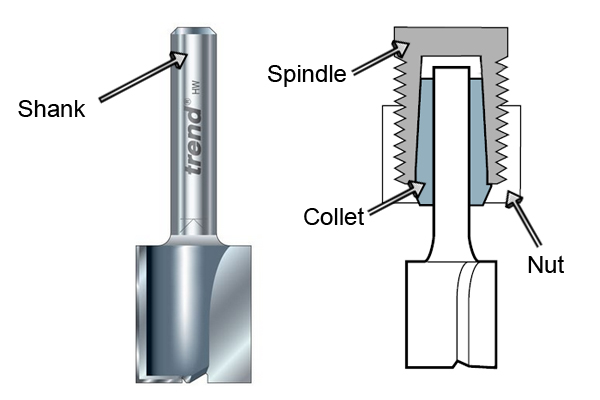 |
The shank is the cylindrical portion of the cutter that is clamped into the router and held there by the collet.
Trend router cutter's shanks are machined to precise tolerances to ensure correct mating and grip within the router collet and to turn concentrically to the router axis. |
|||
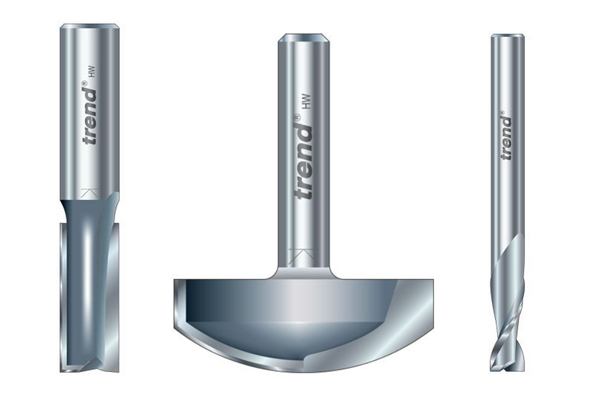 |
Router cutter shanks come in different diameters. You should select appropriate cutters depending on the size of collet you have as it must match the cutter's shank diameter.
For more information, see Trend router cutter shanks |
|||
Router cutter body |
||||
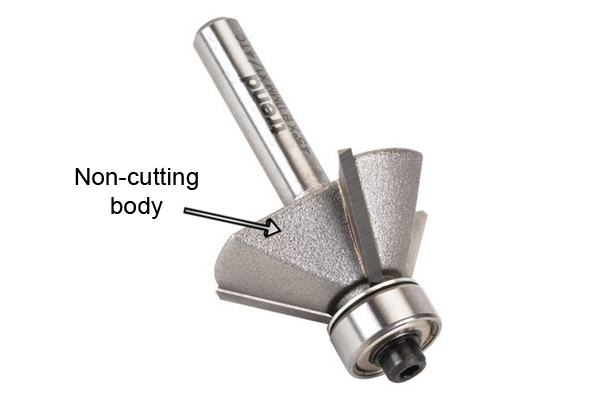 |
Router cutters have a central non-cutting body on which the flutes are positioned.
Some cutters will have their body coated in brightly coloured paint to improve visibility. |
|||
 |
||||
Router cutter flute |
||||
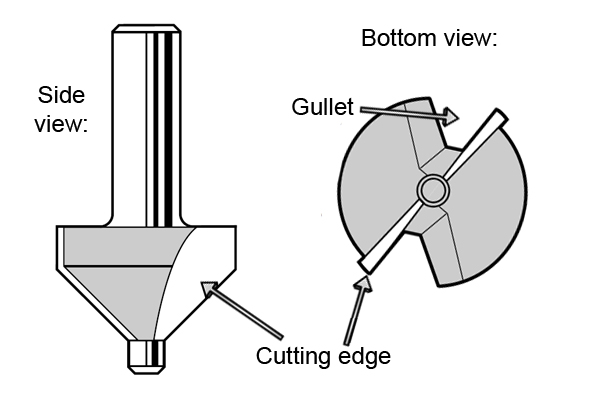 |
A flute consists of a cutting edge and a gullet:
Form more information, see: Trend router cutter flutes |
|||
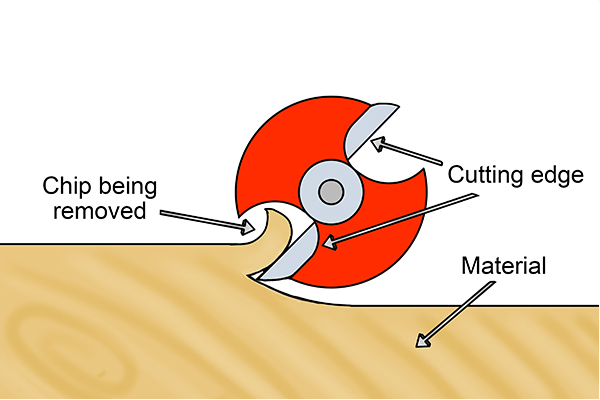 |
Cutting edgeThe cutting edge is the sharp edge that removes material in order to shape the workpiece.
All router cutters have at least one cutting edge ground into their body or brazed on. |
|||
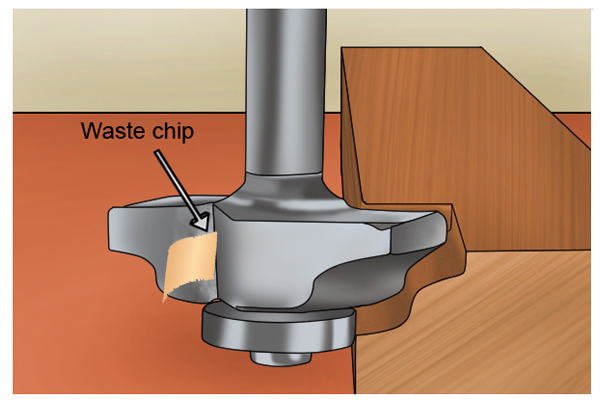 |
GulletBehind each cutting edge is a gullet, which is essentially a space where the waste material gathers after it's cut. Router cutters are designed so that when it rotates the gullet expels the waste material, preventing it from getting trapped between the cutting edge and work surface. A cutter with larger gullets will be able to remove more material per revolution. |
|||
Router cutters with bottom cut |
||||
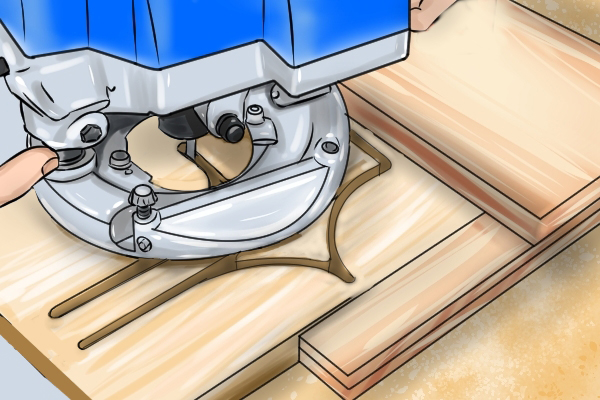 |
Some router cutters can be used to cut into the surface of materials, without needing an edge from which to start. This is known as plunge-cutting, or bottom cutting.
To plunge cut effectively, a cutter should have one of the following features: |
|||
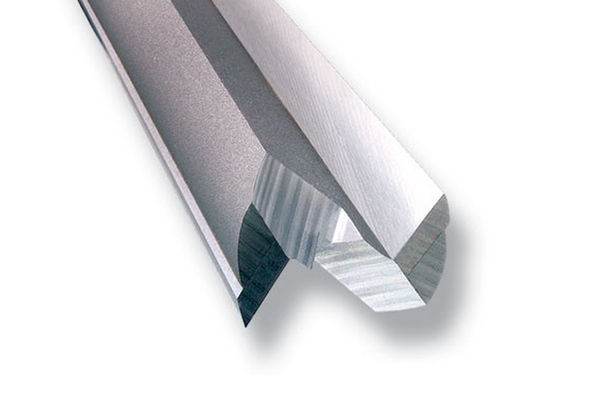 |
Centre/central tipMost plunge-cutting router cutters have a sharp central tip (usually made from tungsten carbide) ground or brazed onto their end, making them suitable for plunge cutting and drilling applications. Like a regular cutting edge, this central tip must have its own clearance and cutting angles to ensure that the material is machined and not ground or burnt away. |
|||
 |
Replaceable tip cutters sometimes have a central tip that can be removed and replaced once it becomes dull. |
|||
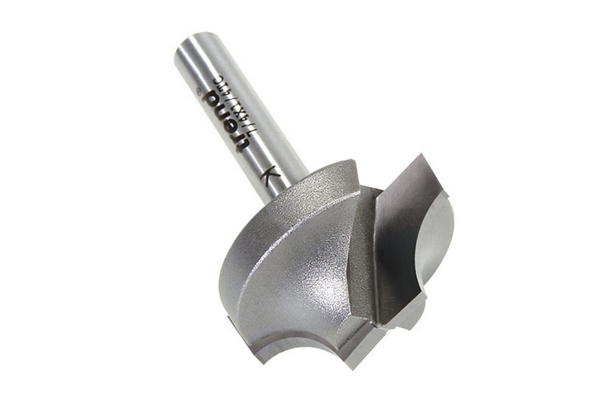 |
Bottom cutting edgesSome models of router cutter have cutting edges which extend across the base of the tool. In most cases, these can also be used for plunge-cutting, but you should always check the product specification if you are unsure.
Cutters without the bottom cut facility are designed for profiling or trimming applications only and will not be suitable for plunge-cutting. |
|||
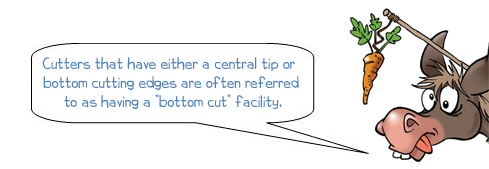 |
||||
 |
||||
Router cutter guides |
||||
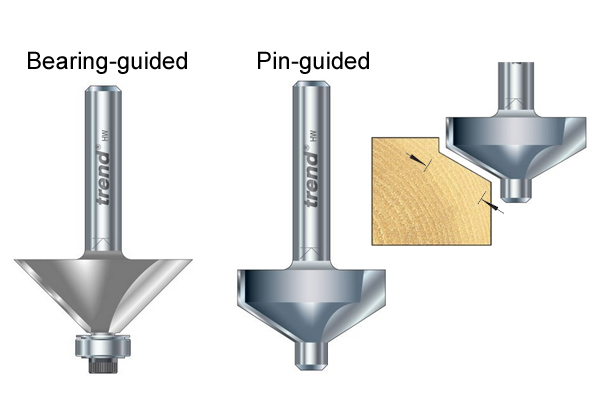 |
Some router cutters (known as self-guiding cutters) have a guide pin or guide ball bearing, which is designed to run along the edge of the workpiece or template, keeping the cutter routing to a consistent depth.
This avoids the need to use a side fence or parallel guide for straight edge work. |
|||
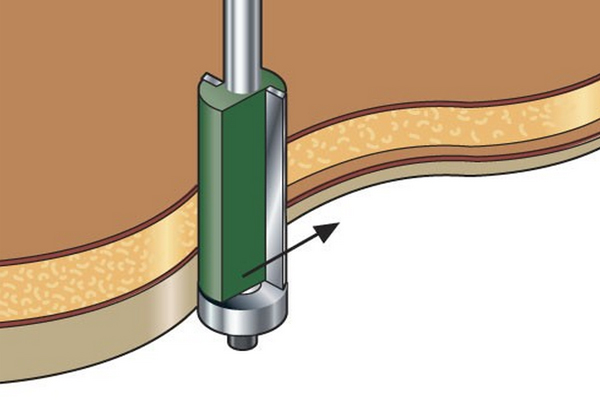 |
All self-guiding cutters can be used on curved or shaped materials as the guide automatically follows the vertical section. |
|||
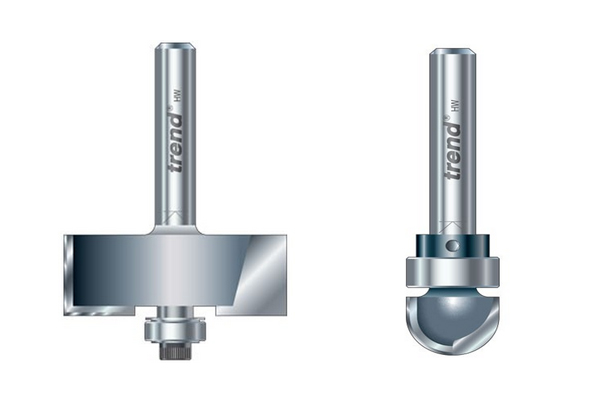 |
Ball bearing guidesBall bearing guides can be fitted to the cutter shank above the cutting edges, or on a spigot machined on the end or nose of the cutter. They are generally held in place by either a socket headed screw or hexagonal nut. |
|||
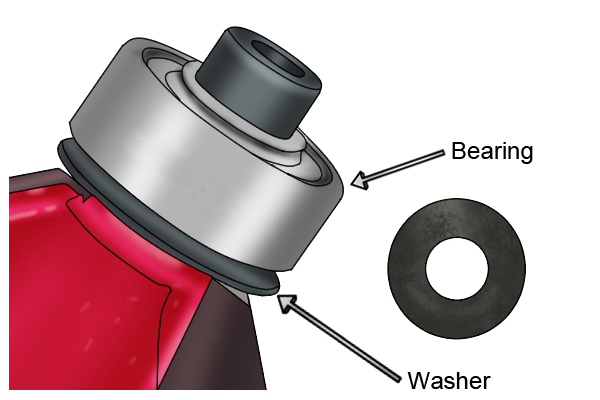 |
With most cutters, a small washer is also fitted, and should always be refitted when changing or reattaching guide bearings. |
|||
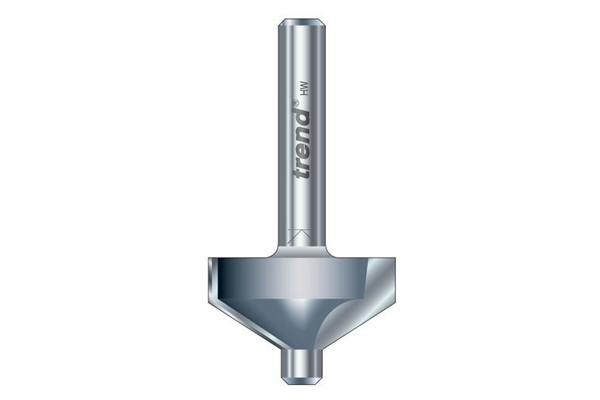 |
Pin guidesPin guides consist of a cylindrical metal section fixed to the end of the cutter. They are used in similar applications as bearing guided types, but they cannot be replaced with larger or smaller guides to alter the cutting width or depth. |
|||
 |
||||







